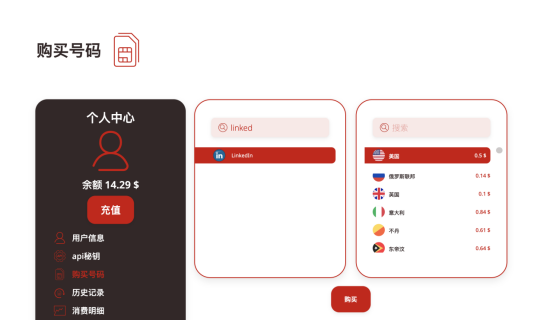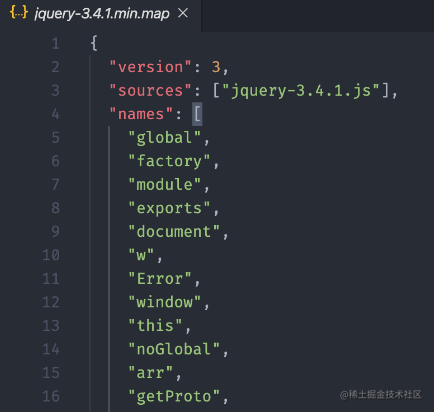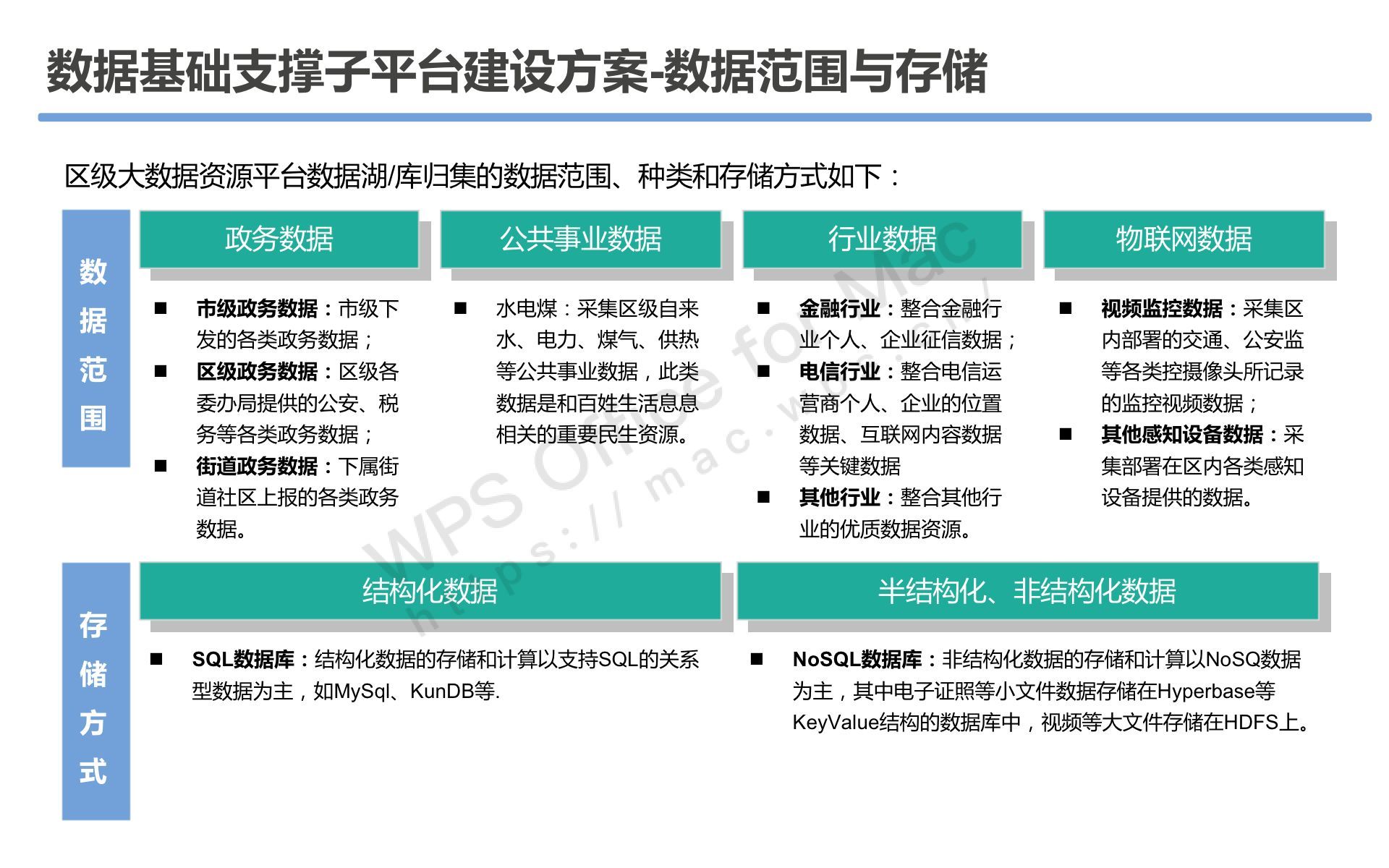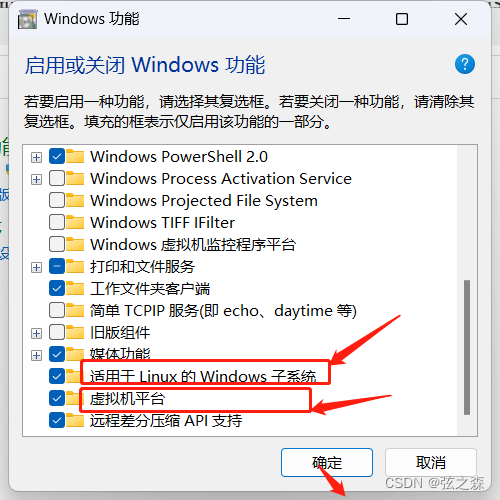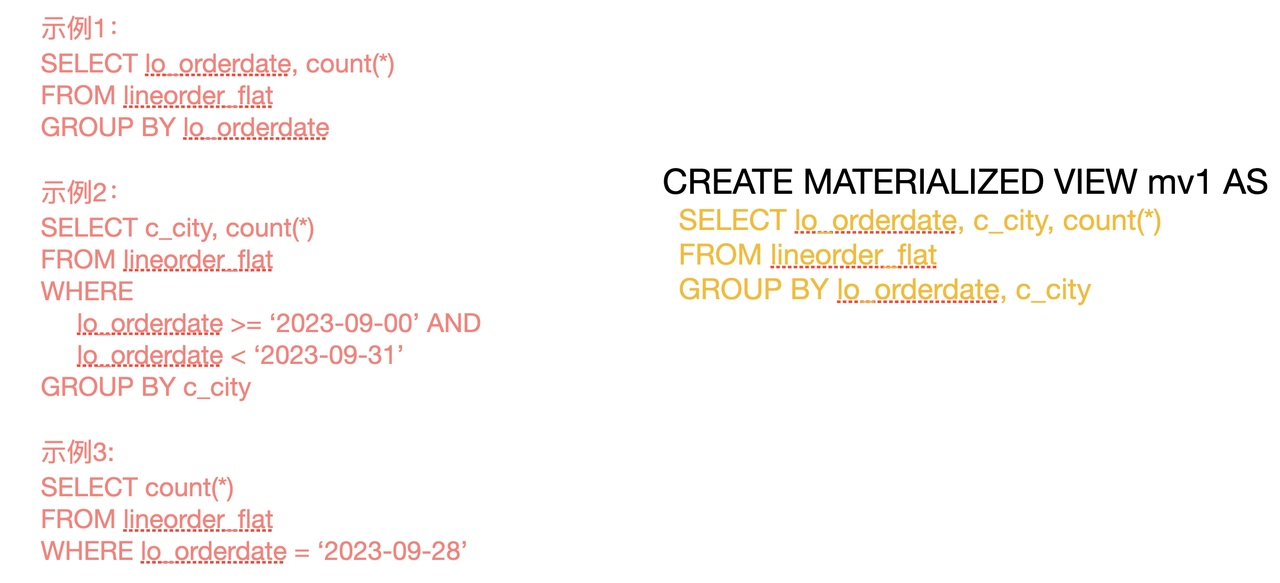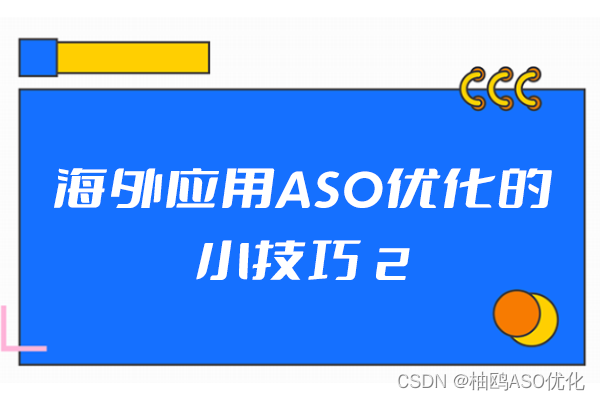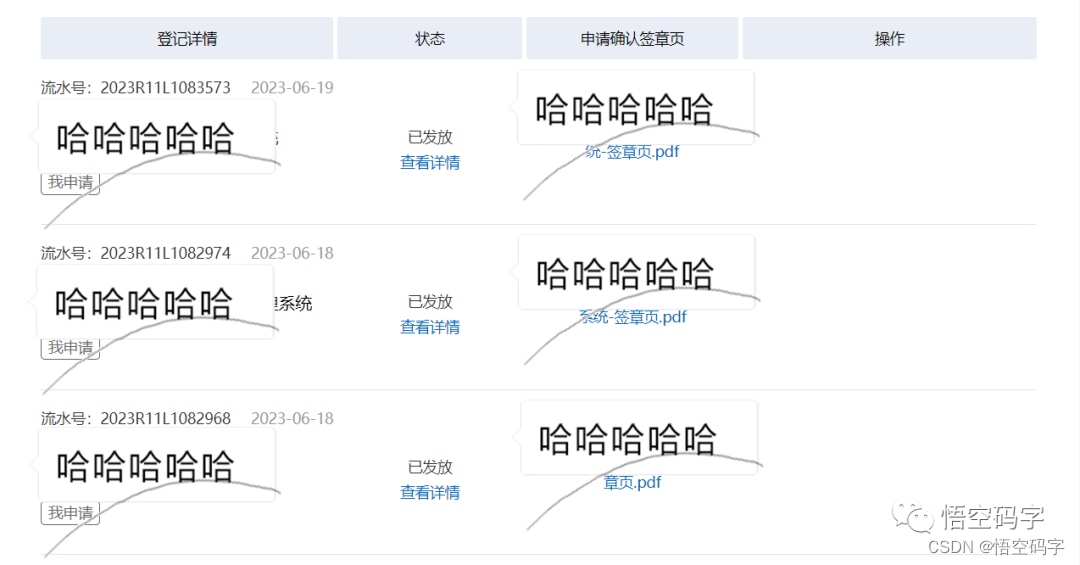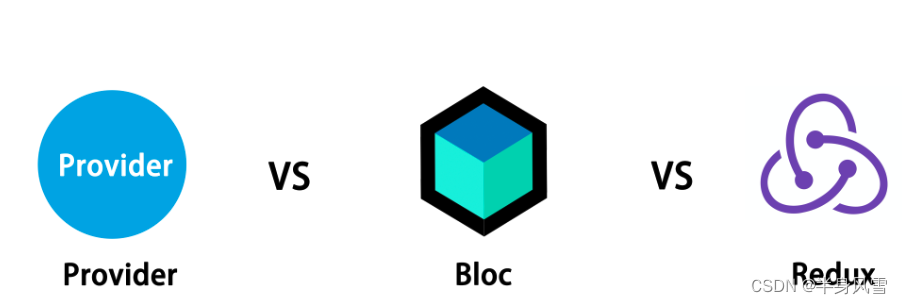目录
- 一、为什么需要组件
- 1.1 传统方式编写应用
- 1.2 使用组件方式编写应用
- 1.3 Vue的组件管理
- 二、Vue中的组件
- 1.1 基本概念
- 1.1.1 组件分类
- 1.1.2 Vue中使用组件的三大步骤:
- 1.1.3 如何定义一个组件
- 1.1.4 如何注册组件
- 1.1.5 如何使用组件
- 1.2 注意点
- 1.2.1 关于组件名
- 1.2.2 关于组件标签
- 1.2.3 一个简写方式
- 三、非单文件组件
- 四、组件的嵌套
- 4.1 案例一
- 4.2 案例二
- 五、VueComponent()构造函数
- 5.1 案例分析
- 5.2 为什么每次调用Vue.extend,返回的是一个全新的VueComponent?
- 5.3 vm管理vc
- 5.4 vm和vc
- 六、一个重要的内置关系
- 6.1 显示/隐式原型属性、原型对象
- 6.2 内置关系
- 6.3 关系分析图
- 七、单文件组件
- 7.1 安装Vetur插件
- 7.2 案例
- 7.2.1 School.vue
- 7.2.2 Student.vue
- 7.2.3 App.vue
- 7.2.4 main.js
- 7.2.5 index.html
一、为什么需要组件
组件(Component):用来实现局部(特定)功能效果的代码和资源的集合。
- 代码:
html/css/js - 资源:
mp3/mp4/tff/zip...
1.1 传统方式编写应用
传统方式编写应用存在的问题:
- 依赖关系混乱,引入的先后顺序,不好维护
- 代码复用率不高。
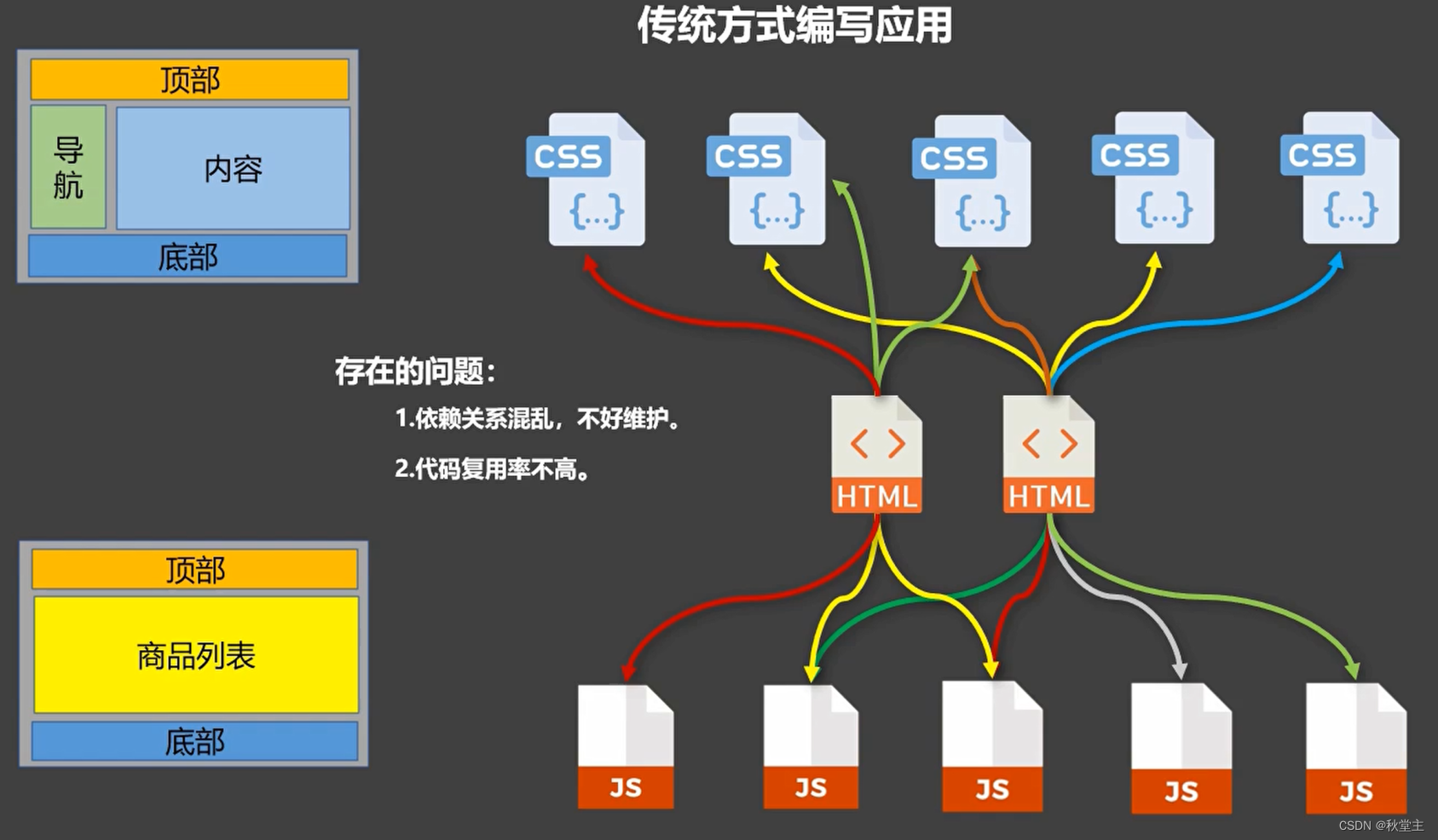
1.2 使用组件方式编写应用
使用组件方式编写应用,可以很好解决传统方式编写应用存在的问题。
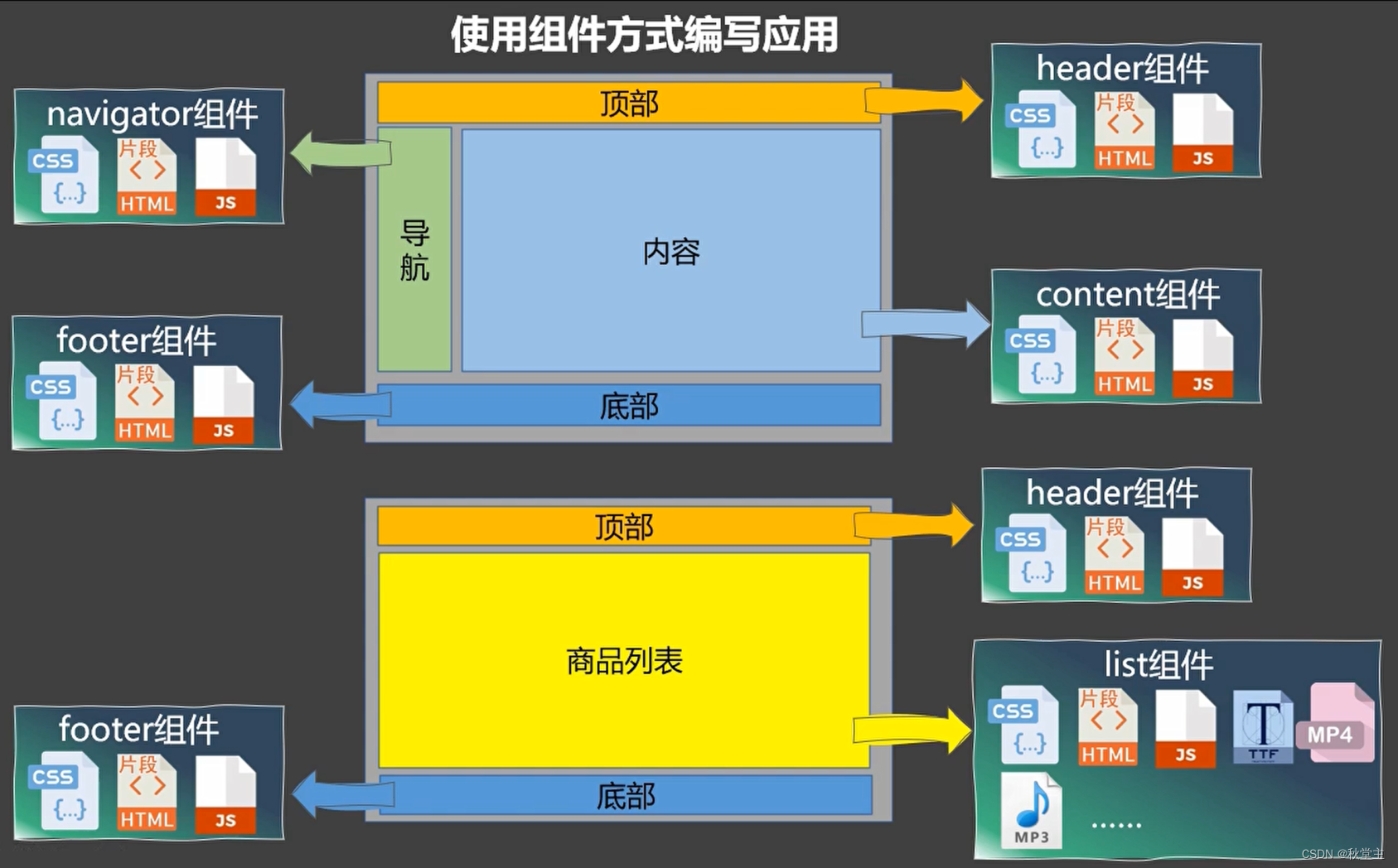
1.3 Vue的组件管理
组件(Component)是 Vue.js 最强大的功能之一。组件可以扩展 HTML 元素,封装可重用的代码。
组件系统让我们可以用独立可复用的小组件来构建大型应用,几乎任意类型的应用的界面都可以抽象为一个组件树。
二、Vue中的组件
组件是可复用的 Vue 实例,因为组件是可复用的 Vue 实例,所以它们与 new Vue 接收相同的选项,例如 data、computed、watch、methods 以及生命周期钩子等。仅有的例外是像 el 这样根实例特有的选项。
1.1 基本概念
1.1.1 组件分类
Vue中组件分为:非单文件组件、单文件组件
- 非单文件组件:一个文件中包含有
n个组件。a.html - 单文件组件:一个文件中只包含有
1个组件。a.vue
1.1.2 Vue中使用组件的三大步骤:
- 定义组件(创建组件)
- 注册组件
- 使用组件(写组件标签)
1.1.3 如何定义一个组件
使用Vue.extend(options)创建,其中options和new Vue(options)时传入的那个options几乎一样但也有点区别。区别如下:
el不要写,为什么?—最终所有的组件都要经过一个vm的管理,由vm中的el决定服务哪个容器。data必须写成函数,为什么?——避兔组件被复用时,数据存在引用关系(因为如果直接写一个对象,组件复用的时候共用一个对象,容易引起问题)。
备注:使用template可以配置组件结构。
1.1.4 如何注册组件
- 局部注册:靠
new Vue的时候传入components选项 - 局注册:靠
Vue.component('组件名',组件)
1.1.5 如何使用组件
编写组件标签,例如:<school></school>
1.2 注意点
1.2.1 关于组件名
一个单词组成:
- 第一种写法(首字母小写):
school - 第二种写法(首字母大写):
School
多个单词组成:
- 第一种写法(
kebab-case命名):my-school - 第二种写法(
CamelCase大驼峰命名):MySchool(需要Vue脚手架支持)
备注:
- 组件名尽可能回避
HTML中已有的元素名称,例如:h2、H2都不行。 - 可以使用
name配置项指定组件在开发者工具中呈现的名字。
推荐使用的命令:School和MySchool
1.2.2 关于组件标签
- 第一种写法:
<school>< /school> - 第二种写法:
<school/>
备注:不用使用脚手架时,写第一个<school/>渲染不会有问题,写超过一个<school/>的时候,会导致后续的<school/>组件不能渲染。
1.2.3 一个简写方式
const school = Vue.extend(options)可简写为:const school = options。
简写的形式,其底层还是会自动调用Vue.extend()函数 。
三、非单文件组件
下面案例中,定义了三个组件:hello、school、student ,其中hello为全局组件,而school、student为局部组件。
在定义组件的时候注意点:
- 不能使用
el配置项 data必须使用函数式,不能使用对象式
<div id="root">
<h2>{{msg}}</h2>
<!-- 编写组件标签 -->
<school></school>
<hr>
<student></student>
<student></student>
</div>
<div id="root2">
<hello></hello>
</div>
<script>
// 创建全局hello组件
const hello = Vue.extend({
template:`
<div>
<h2>我是全局{{name}}组件!</h2>
</div>
`,
data() {
return {
name:'Hello'
}
},
})
// 全局注册组件
Vue.component('hello',hello)
// 创建School组件
const school = Vue.extend({
// el:'root', //不能写el配置项
template:`
<div>
<h2>学校名称:{{schoolName}}</h2>
<h2>学校地址:{{address}}</h2>
<button @click="showName">点我显示学校名</button>
</div>
`,
data() {
return {
schoolName: '南京大学',
address: '江苏省南京市鼓楼区汉口路22号',
}
},
methods: {
showName(){
alert(this.schoolName)
}
},
})
// 创建Student组件
const student = Vue.extend({
template:`
<div>
<h2>学生姓名:{{studentName}}</h2>
<h2>学生年龄:{{age}}</h2>
</div>
`,
data() {
return {
studentName: '令狐冲',
age: 20
}
},
})
new Vue({
data:{
msg:'非单文件组件使用'
},
el: '#root',
components: {
school, //相当于school: school
student
}
})
new Vue({
el:'#root2'
})
</script>
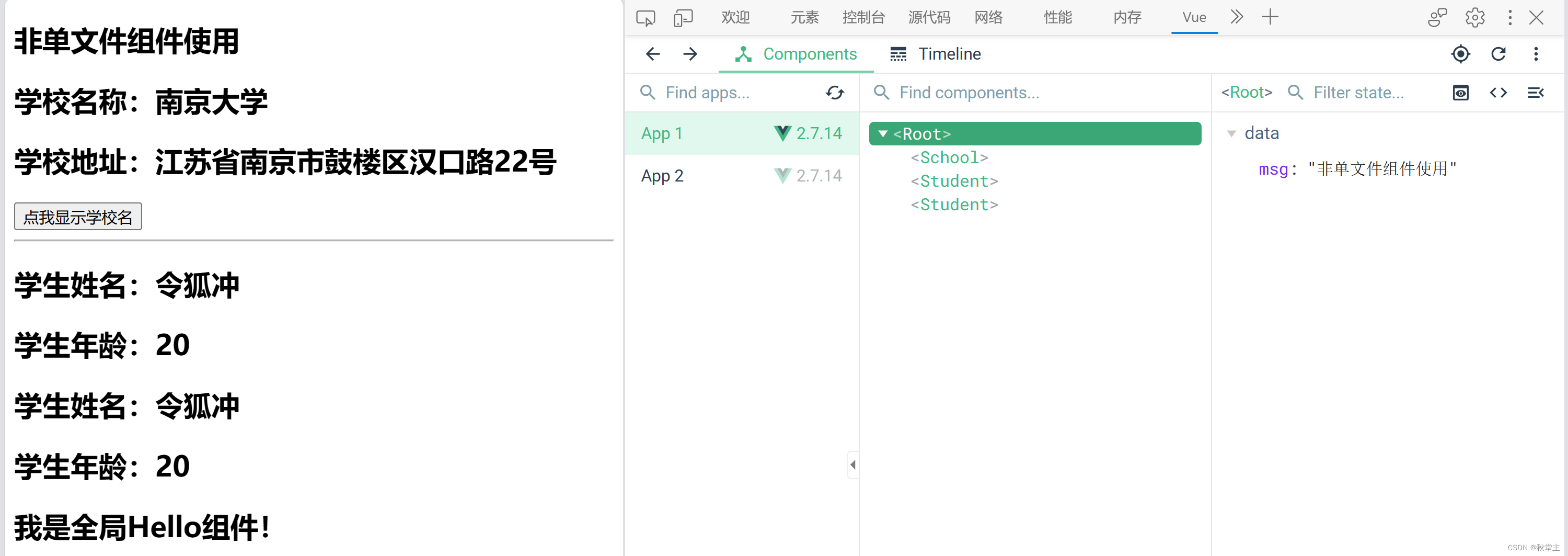
四、组件的嵌套
4.1 案例一
<div id="root">
<!-- 编写组件标签 -->
<school></school>
<hello></hello>
</div>
<script>
// 创建Student组件
const student = Vue.extend({
template:`
<div>
<h2>学生姓名:{{studentName}}</h2>
<h2>学生年龄:{{age}}</h2>
</div>
`,
data() {
return {
studentName: '令狐冲',
age: 20
}
},
})
// 创建School组件
const school = Vue.extend({
template:`
<div>
<h2>学校名称:{{schoolName}}</h2>
<h2>学校地址:{{address}}</h2>
<student></student>
</div>
`,
data() {
return {
schoolName: '南京大学',
address: '江苏省南京市鼓楼区汉口路22号',
}
},
components:{
student
}
})
// 创建hello组件
const hello = Vue.extend({
template:`
<div>
<h2>我是{{name}}组件!</h2>
</div>
`,
data() {
return {
name:'hello'
}
},
})
// 创建vm
new Vue({
el: '#root',
// 局部注册组件
components: {
school,
hello
}
})
</script>

4.2 案例二
<div id="root">
<!-- <app></app> -->
</div>
<script>
// 创建Student组件
const student = Vue.extend({
template:`
<div>
<h2>学生姓名:{{studentName}}</h2>
<h2>学生年龄:{{age}}</h2>
</div>
`,
data() {
return {
studentName: '令狐冲',
age: 20
}
},
})
// 创建School组件
const school = Vue.extend({
template:`
<div>
<h2>学校名称:{{schoolName}}</h2>
<h2>学校地址:{{address}}</h2>
<student></student>
</div>
`,
data() {
return {
schoolName: '南京大学',
address: '江苏省南京市鼓楼区汉口路22号',
}
},
components:{
student
}
})
// 创建hello组件
const hello = Vue.extend({
template:`
<div>
<h2>我是{{name}}组件!</h2>
</div>
`,
data() {
return {
name:'hello'
}
},
})
// 创建app组件
const app = Vue.extend({
template:`
<div>
<school></school>
<hello></hello>
</div>
`,
components:{
school,
hello
}
})
// 创建vm
new Vue({
template:`<app></app>`,
el: '#root',
// 局部注册组件
components: {
app
}
})
</script>

五、VueComponent()构造函数
5.1 案例分析
下面案例中打印了school 组件。
-
school组件本质是一个名VueComponent的构造函数,且不是程序员定义的,是Vue.extend生成的。 -
我们只需要写
<school/>或<school></school>,Vue解析时会帮我们创建school组件的实例对象,即Vue帮我们执行的:new VueComponent(options)。 -
特别注意:每次调用
Vue.extend,返回的都是一个全新的VueComponent -
关于this指向:
- 组件配置中:
data函数、methods中的函数、watch中的函数、computed中的函数它们的this均是【VueComponent实例对象】 new Vue()配置中:data函数、methods中的函数、watch中的函数、computed中的函数它们的this均是【Vue实例对象】。
- 组件配置中:
-
VueComponent的实例对象,以后简称vc(也可称之为:组件实例对象)
vue的实例对象,以后简称vm。
// 创建School组件
const school = Vue.extend({
template:`
<div>
<h2>学校名称:{{schoolName}}</h2>
<h2>学校地址:{{address}}</h2>
</div>
`,
data() {
return {
schoolName: '南京大学',
address: '江苏省南京市鼓楼区汉口路22号',
}
},
})
console.log(school)

5.2 为什么每次调用Vue.extend,返回的是一个全新的VueComponent?
打开源码,查看Vue.extend()函数定义,可以发现其最终返回的sub ,由此可见每次调用返回的都是一个全新的VueComponent() 函数
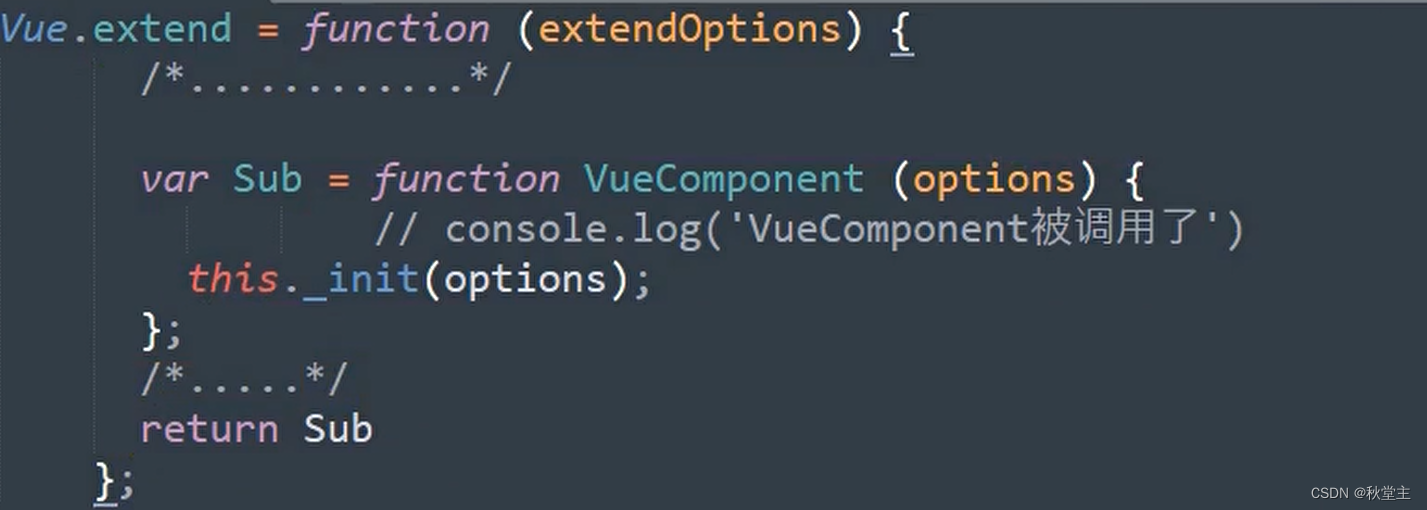
5.3 vm管理vc
打开控制台,输出vm,可以发现在vc存储在$children属性上。

5.4 vm和vc
vm和vc不一样.
- 创建
vc的时候,不能写el,vm可以 vc的data必须写成函数式,vm可以是对象式
六、一个重要的内置关系
6.1 显示/隐式原型属性、原型对象
显示原型属性、隐式原型属性指向同一个对象:原型对象
function Person(name) {
this.name = name
}
const person = new Person('张三');
// 显示原型属性
console.log(Person.prototype);
// 隐式原型属性
console.log(person.__proto__);
// 显示原型属性、隐式原型属性指向同一个对象:原型对象
console.log(Person.prototype === person.__proto__); //true
Person.prototype.age = 25;
console.log(person.age); //25
6.2 内置关系
一个重要的内置关系:VueComponent.prototype._proto_=== Vue.prototype
为什么要有这个关系?是为了让组件实例对象(vc)可以访问到Vue原型上的属性、方法。
下面案例中,证明了这个重要的内置关系。即:school.prototype.__proto__ == Vue.prototype
<div id="root">
<!-- 编写组件标签 -->
<school></school>
</div>
<script>
// 创建School组件
const school = Vue.extend({
template:`
<div>
<h2>学校名称:{{schoolName}}</h2>
<h2>学校地址:{{address}}</h2>
</div>
`,
data() {
return {
schoolName: '南京大学',
address: '江苏省南京市鼓楼区汉口路22号',
}
},
})
// true
console.log(school.prototype.__proto__ == Vue.prototype)
// 创建vm
new Vue({
el: '#root',
// 局部注册组件
components: {
school,
}
})
</script>
6.3 关系分析图
Vue和VueComponent的关系分析图如下:
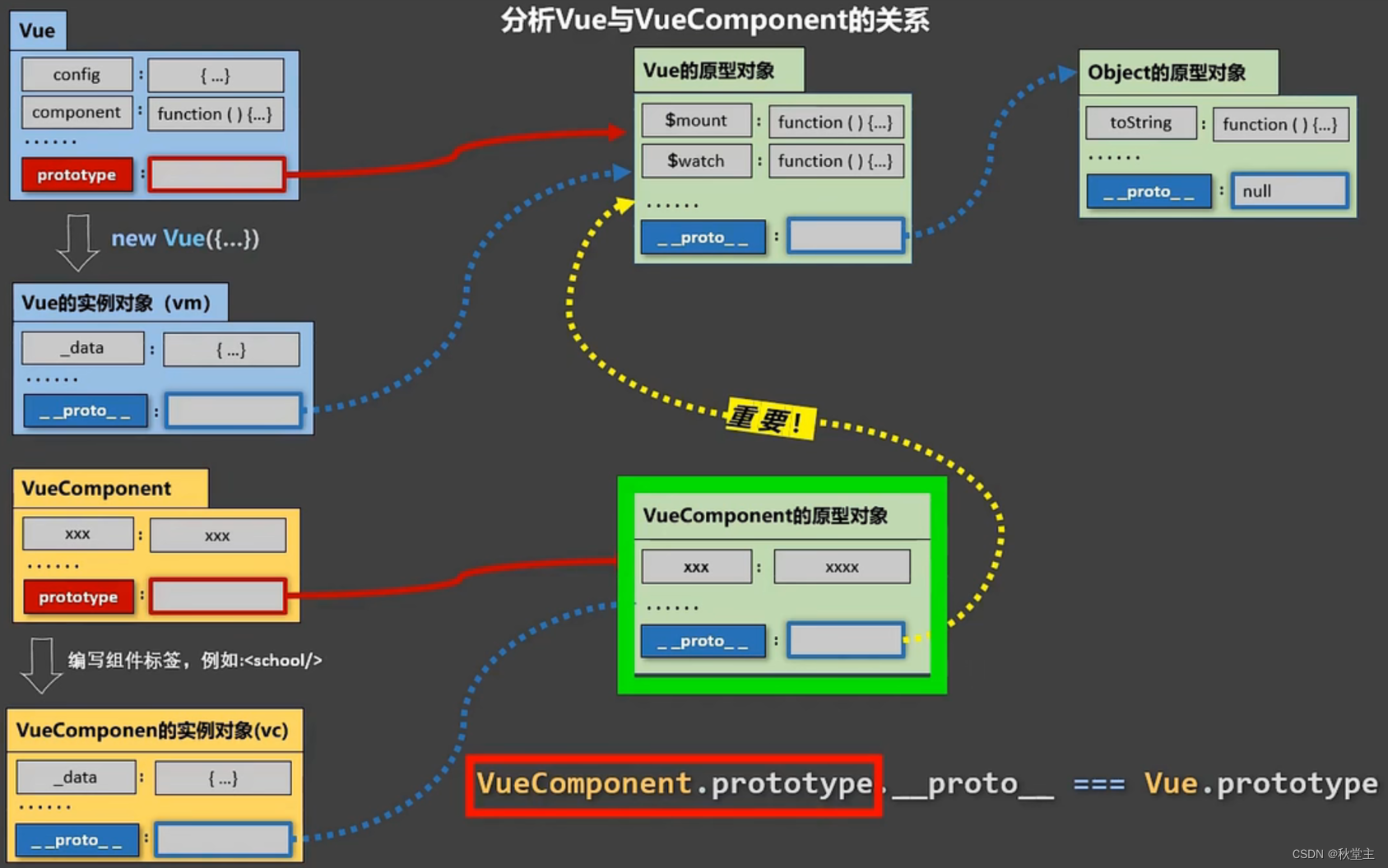
七、单文件组件
7.1 安装Vetur插件
在VSCode中安装Vetur插件.

安装完成后,输入<v 回车就会自动生成相关代码

7.2 案例
下面案例最终的目录结构如下:
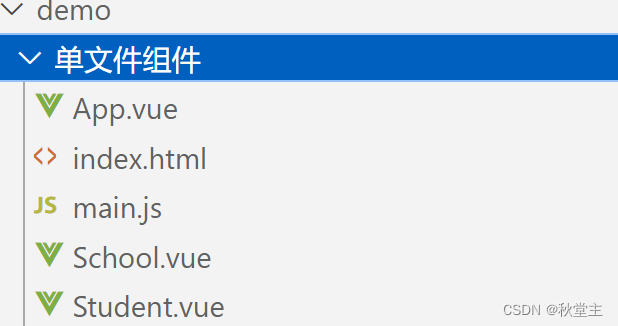
7.2.1 School.vue
<template>
<div class="demo">
<h2>学校名称:{{ schoolName }}</h2>
<h2>学校地址:{{ address }}</h2>
<button @click="showName">点我显示学校名</button>
</div>
</template>
<script>
export default {
name: 'School',
data() {
return {
schoolName: "南京大学",
address: "江苏省南京市鼓楼区汉口路22号",
};
},
methods: {
showName() {
alert(this.schoolName);
},
},
};
</script>
<style>
.demo {
background-color: orange;
}
</style>
7.2.2 Student.vue
<template>
<div>
<h2>学生姓名:{{name}}</h2>
<h2>学生年龄:{{age}}</h2>
</div>
</template>
<script>
export default {
name: 'Student',
data() {
return {
name: "令狐冲",
age: 20,
};
}
};
</script>
7.2.3 App.vue
<template>
<div>
<School></School>
<Student></Student>
</div>
</template>
<script>
// 引入组件
import School from './School'
import Student from './Student'
export default {
name: 'App',
components:{
School,
Student
}
};
</script>
7.2.4 main.js
import App from './App'
new Vue({
el:'#root',
template:`<App></App>`,
comments:{
App
}
})
7.2.5 index.html
<!DOCTYPE html>
<html lang="en">
<head>
<meta charset="UTF-8">
<meta name="viewport" content="width=device-width, initial-scale=1.0">
<title>Document</title>
</head>
<body>
<div id="root">
<!-- <App></App> -->
</div>
<script src="../../lib/vue.js"></script>
<script src="./main.js"></script>
</body>
</html>
